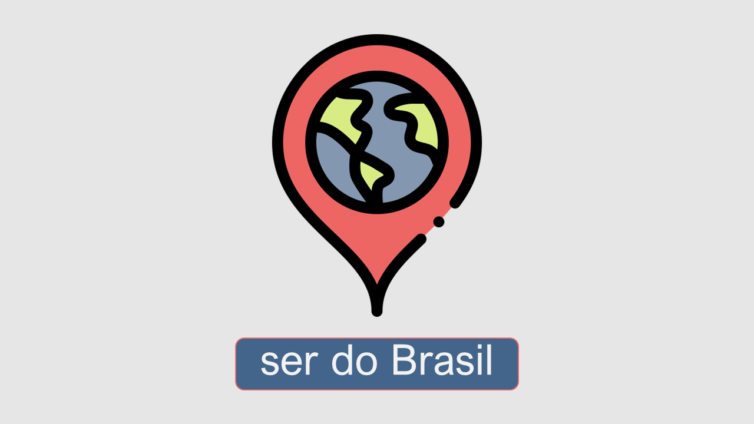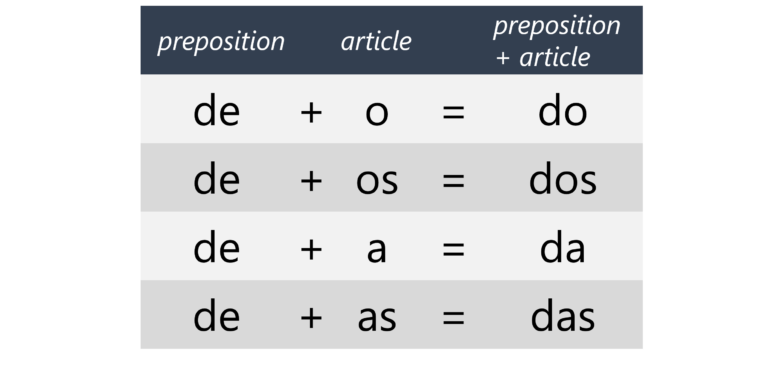Home / Language / Learn Portuguese / Foundations of Portuguese for Global Communication / Saying where one comes from: country and city
This article is from the free online
Foundations of Portuguese for Global Communication


Reach your personal and professional goals
Unlock access to hundreds of expert online courses and degrees from top universities and educators to gain accredited qualifications and professional CV-building certificates.
Join over 18 million learners to launch, switch or build upon your career, all at your own pace, across a wide range of topic areas.




 There are exceptions to these rules, e.g. do Rio de Janeiro, de Portugal etc. Also, in general, de is not necessarily wrong before countries, but da(s) and do(s) are often used. Example: de Itália is OK, but da Itália may be more frequent and therefore considered more natural.
There are exceptions to these rules, e.g. do Rio de Janeiro, de Portugal etc. Also, in general, de is not necessarily wrong before countries, but da(s) and do(s) are often used. Example: de Itália is OK, but da Itália may be more frequent and therefore considered more natural.







